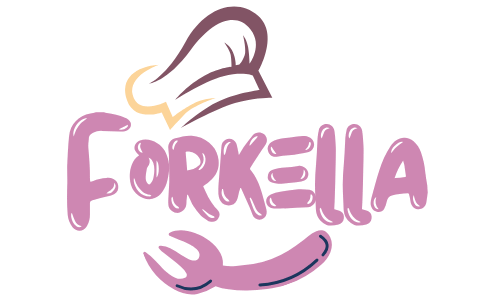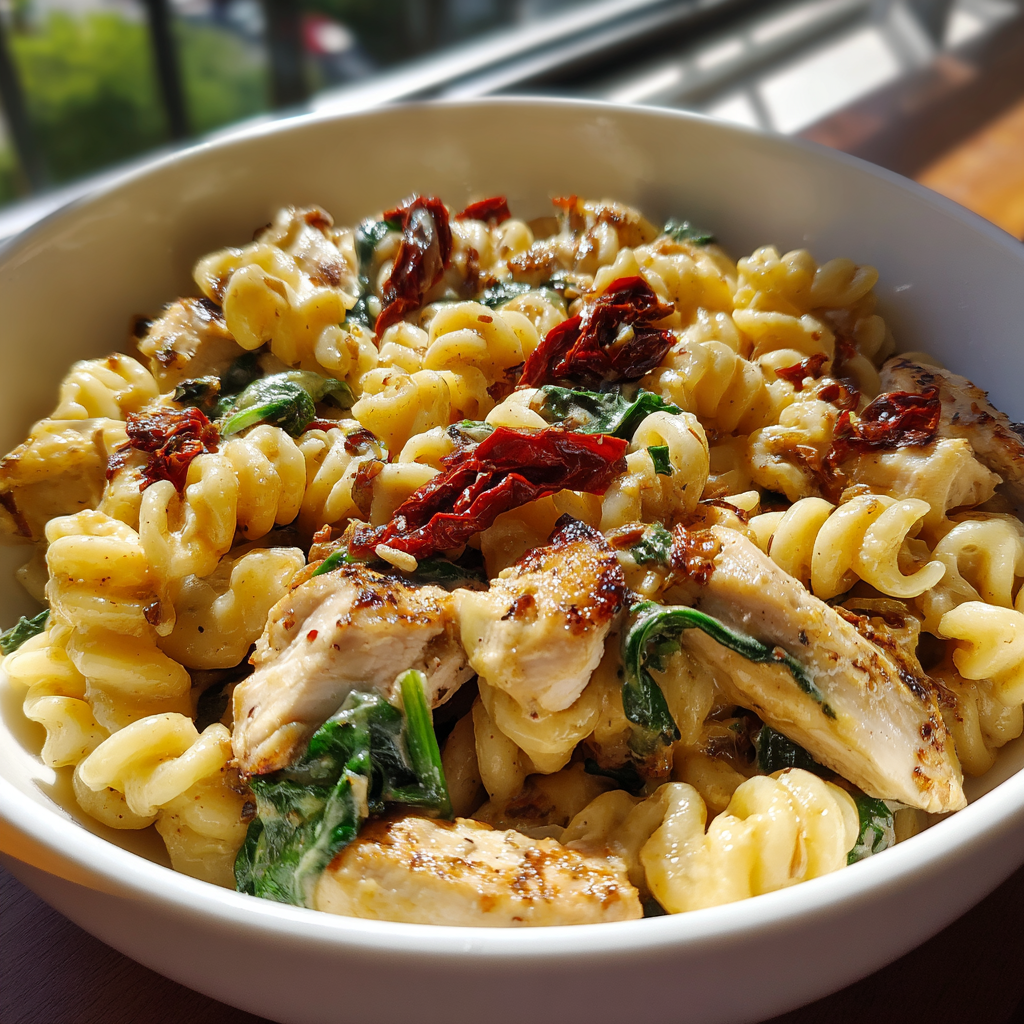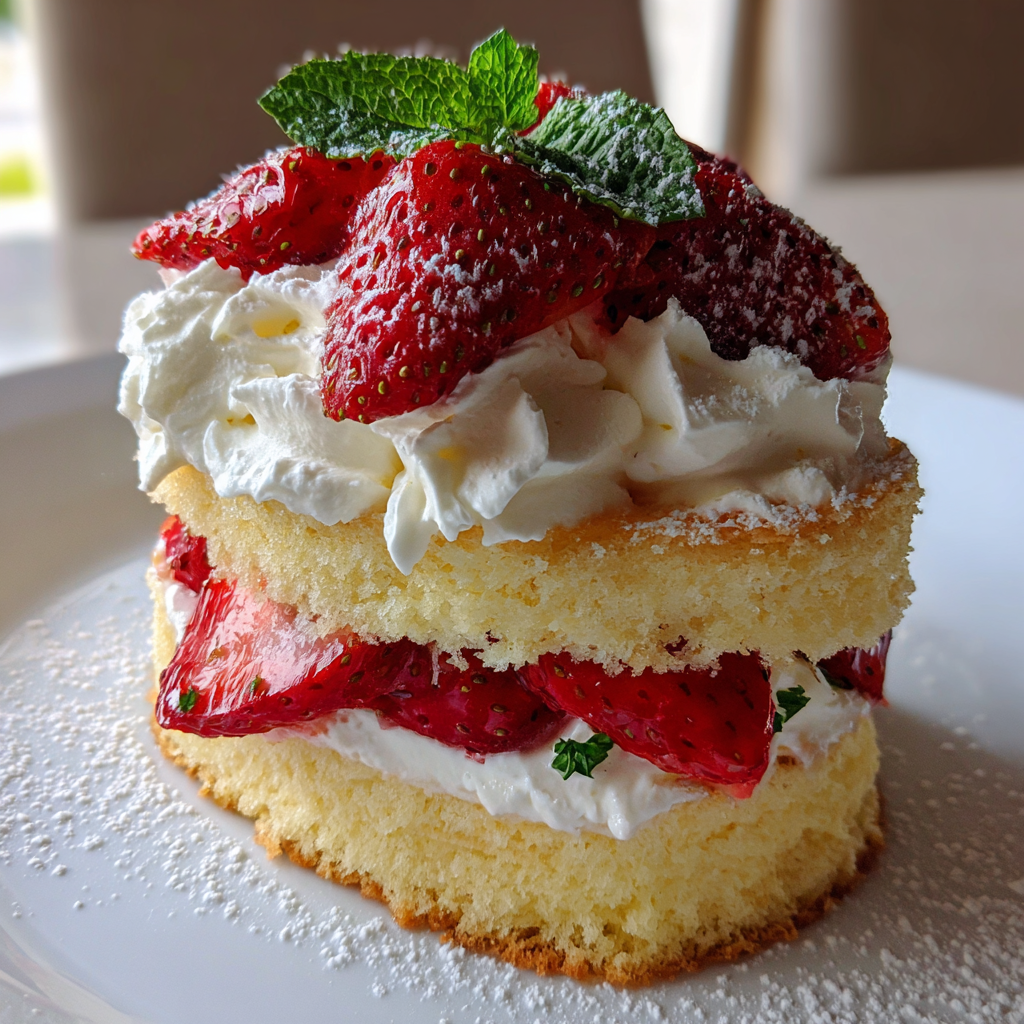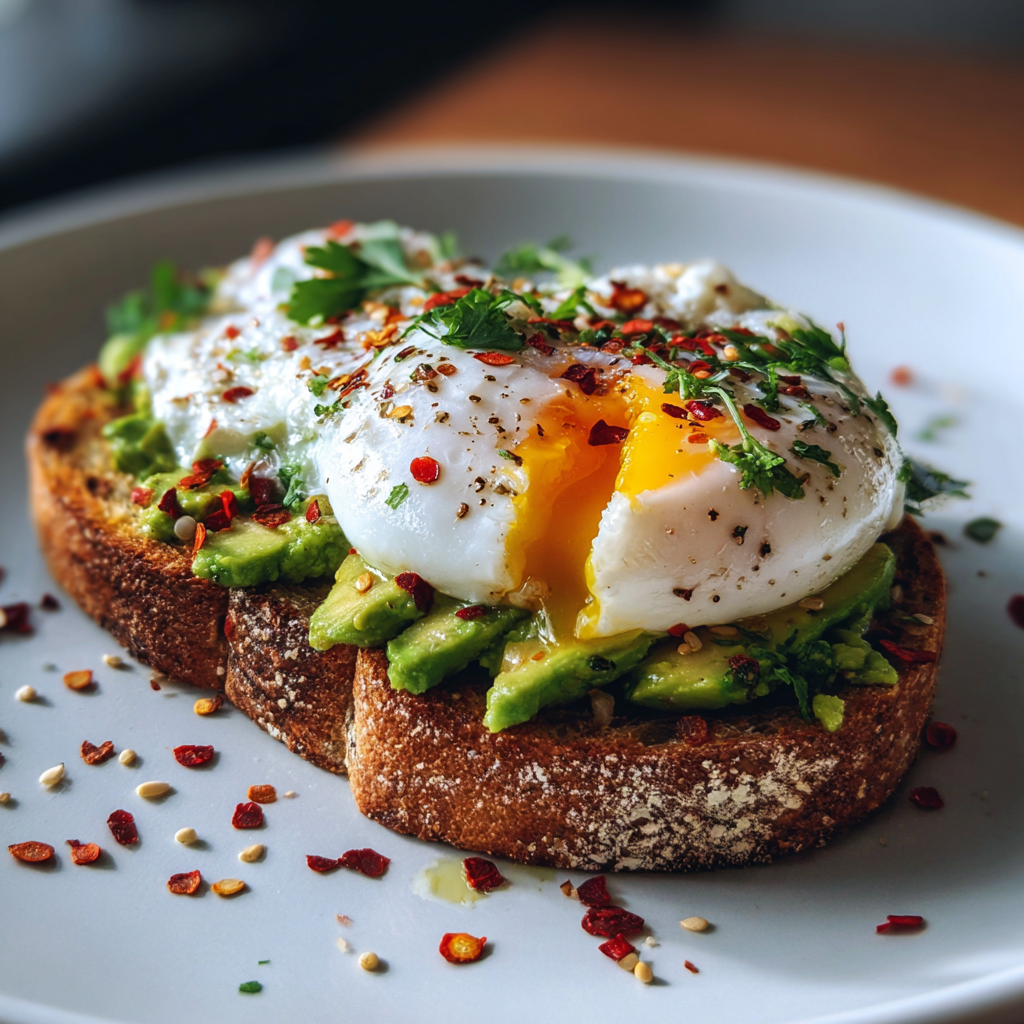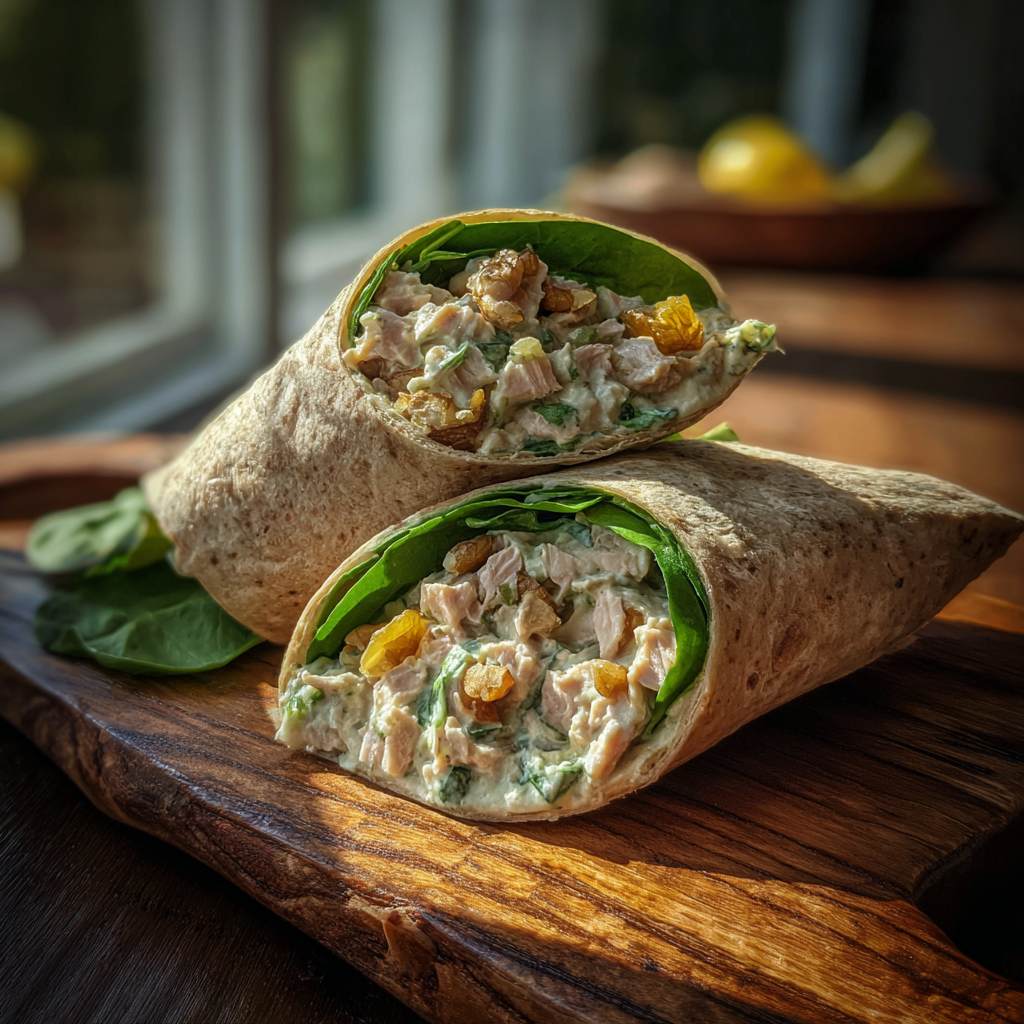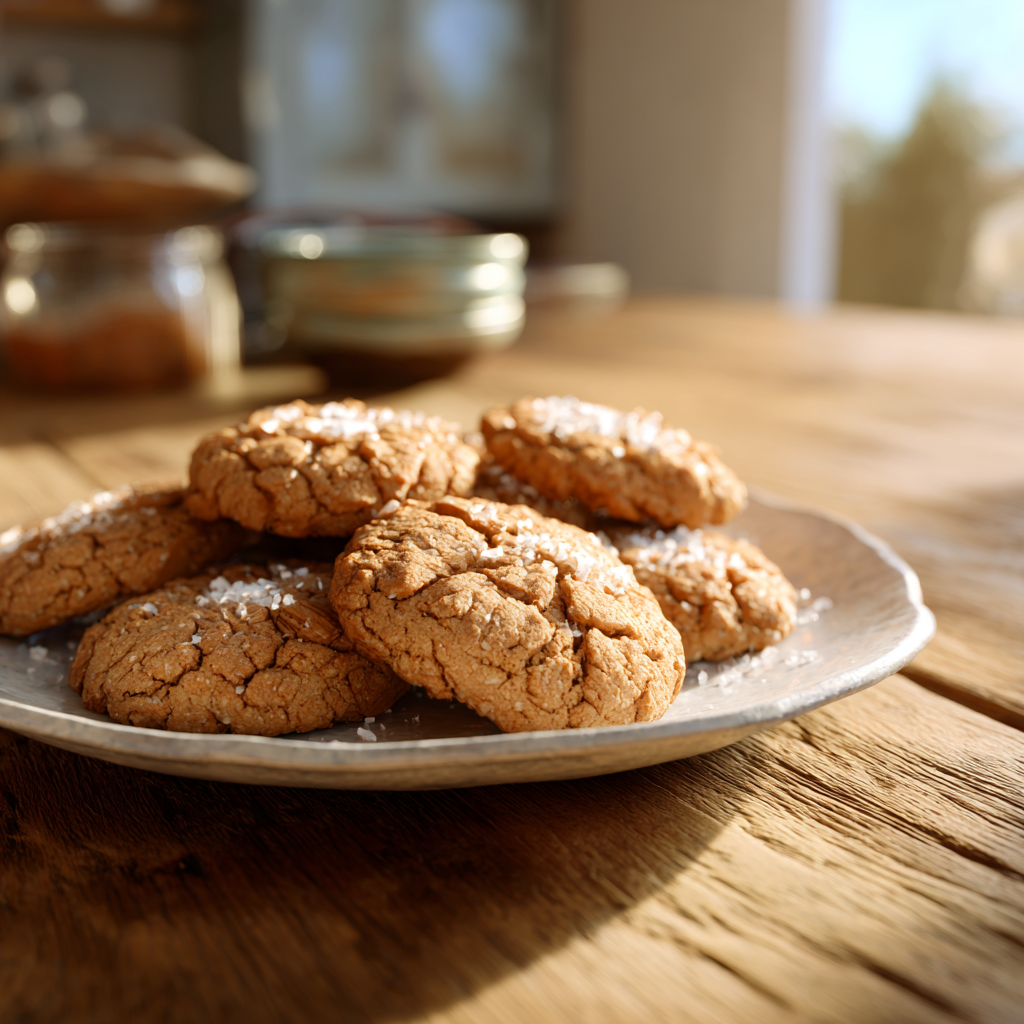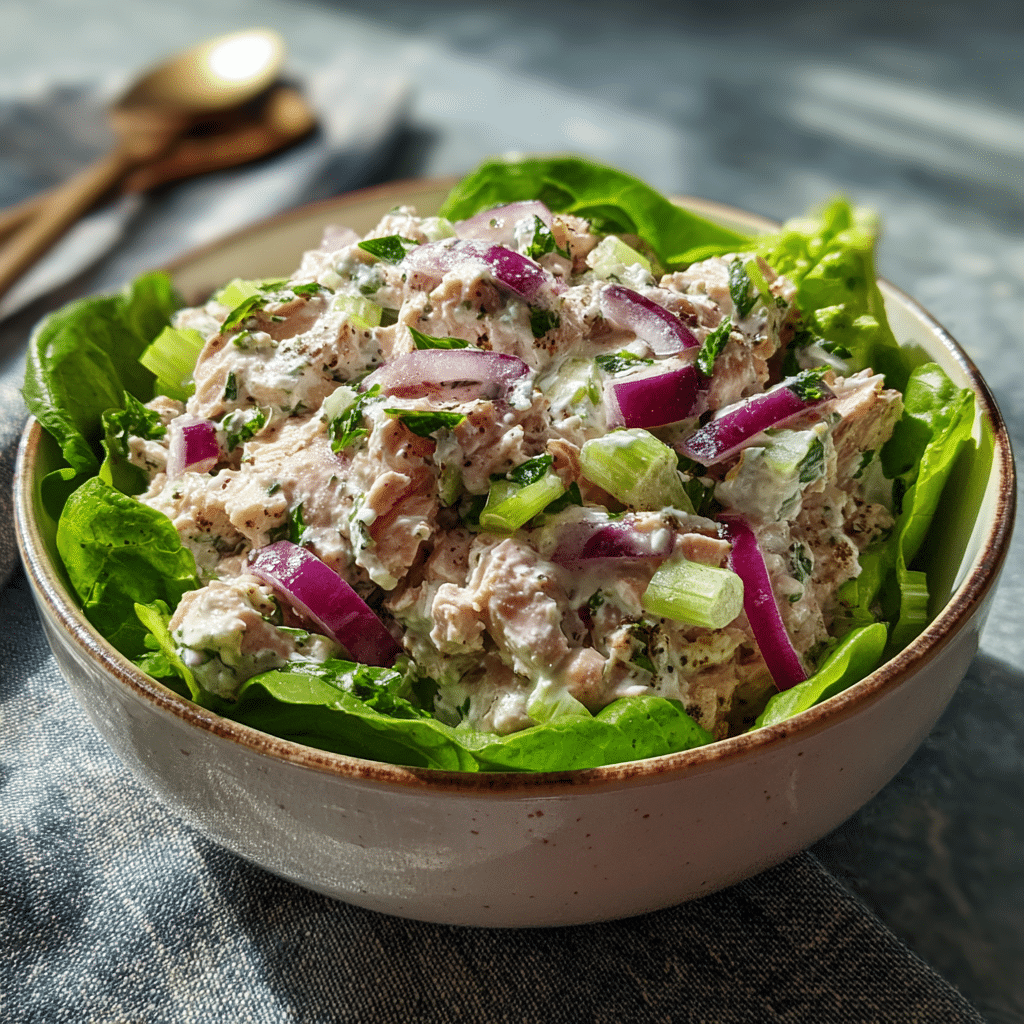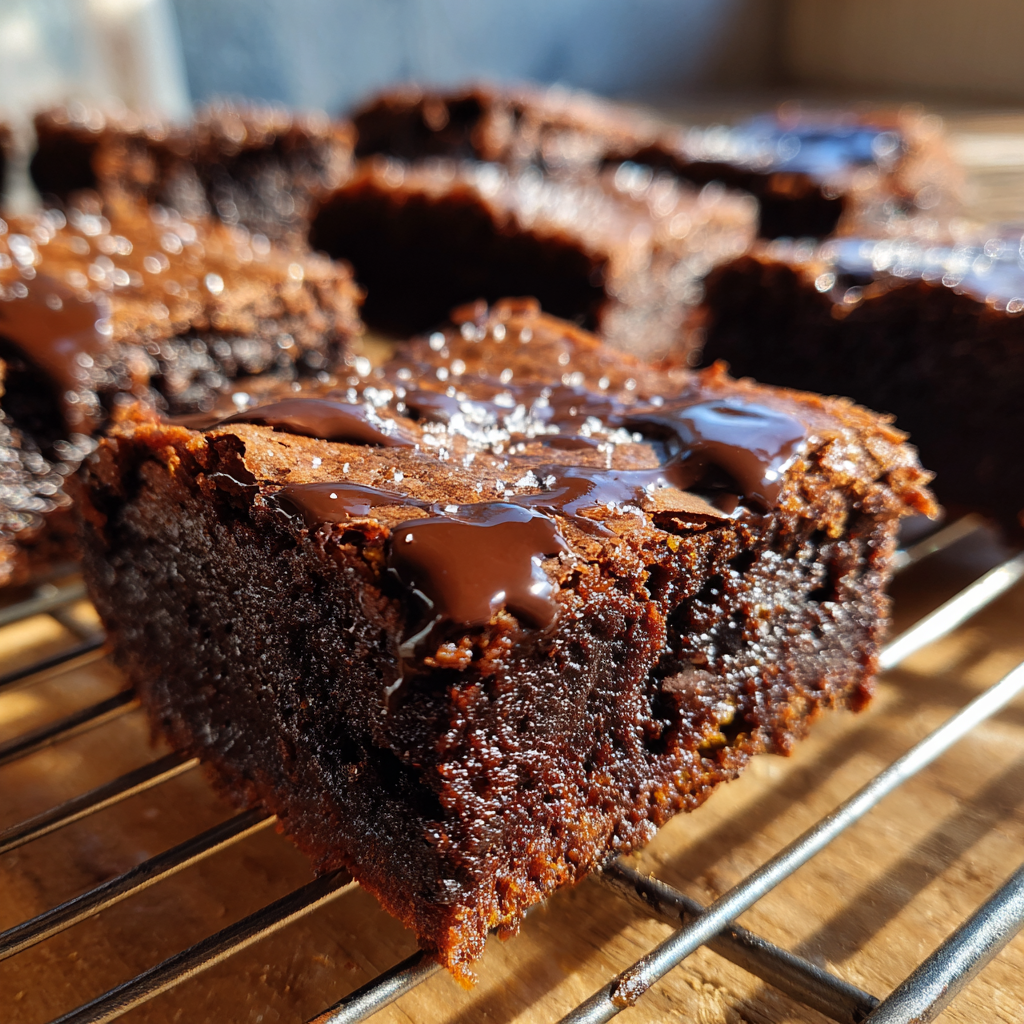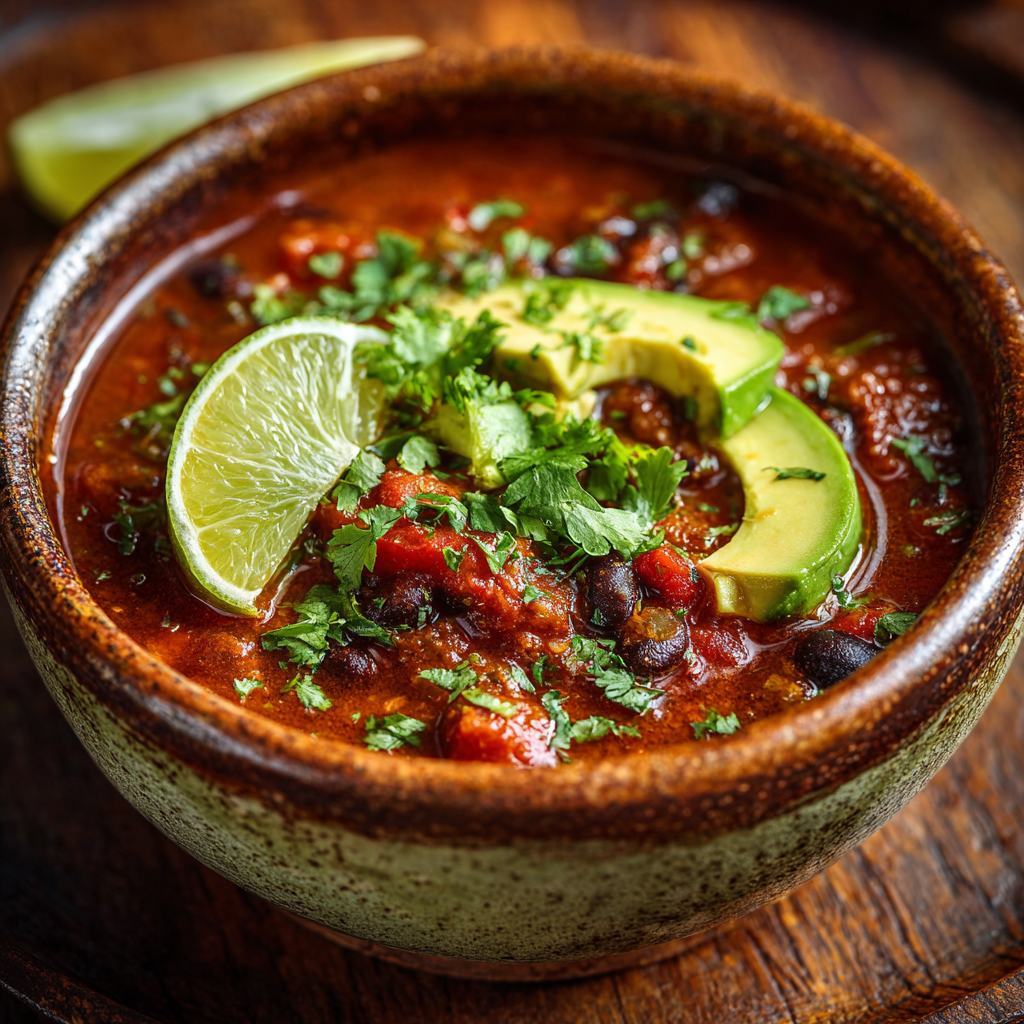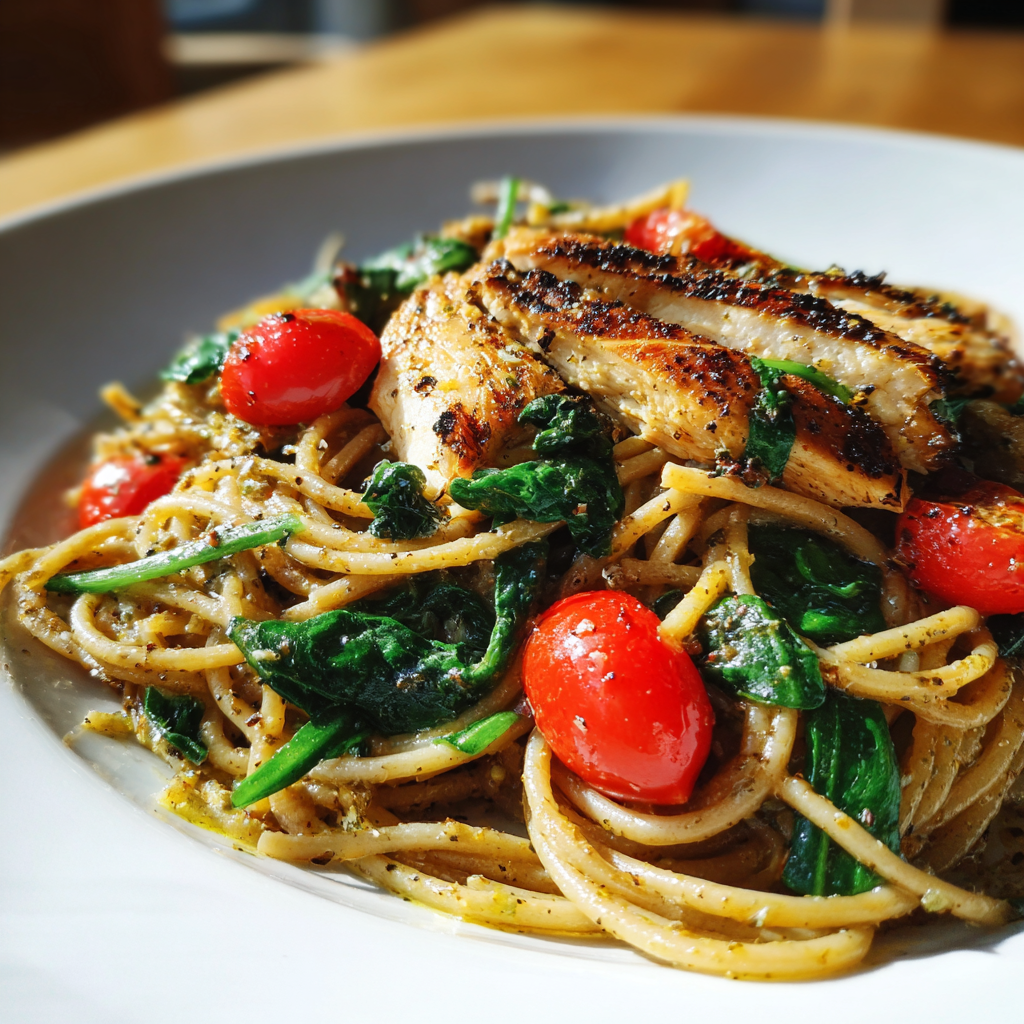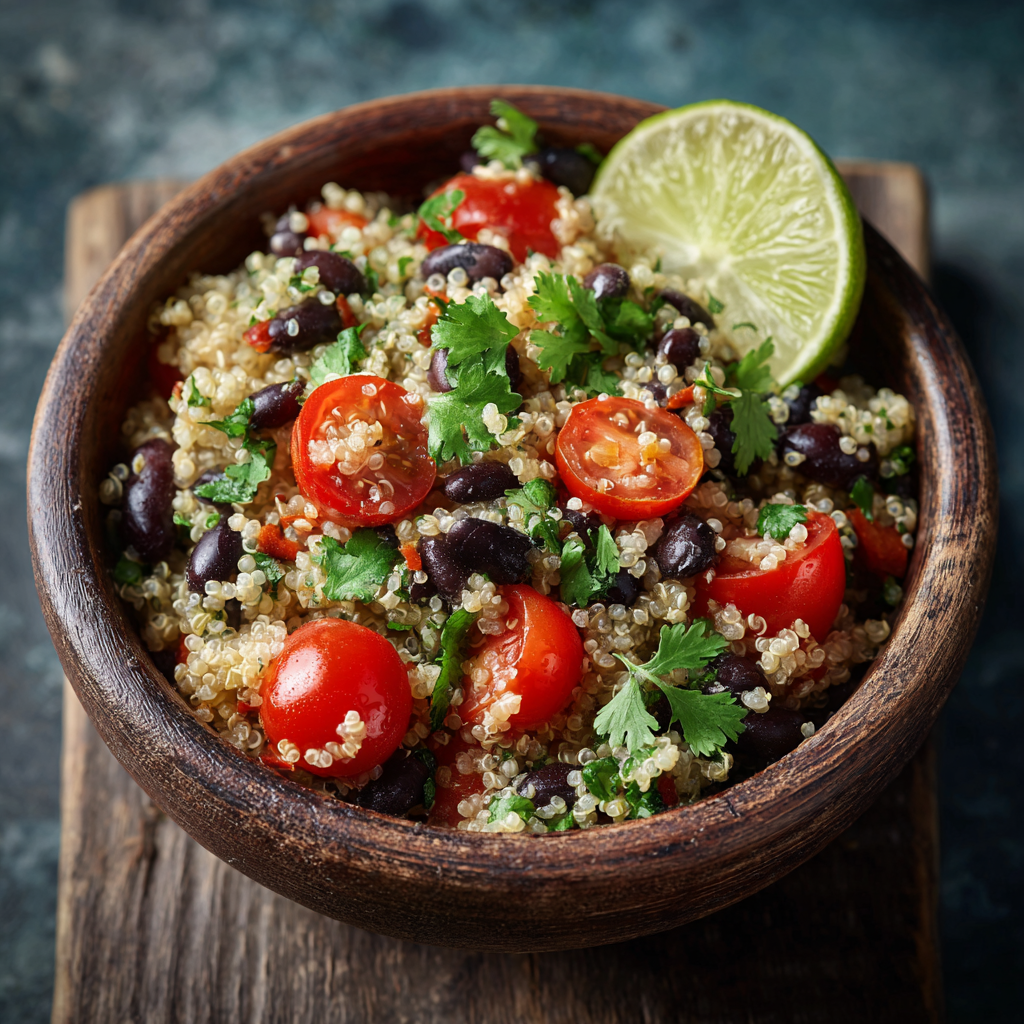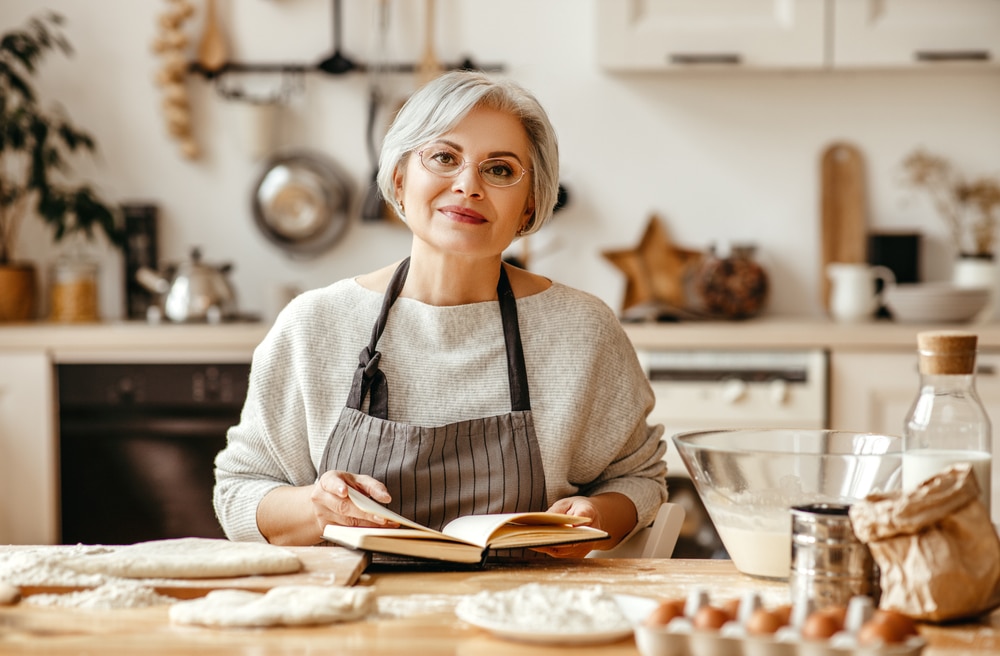Baked salmon recipe lovers, this one’s for you. If you’re searching for the easiest, healthiest, and most flavorful baked salmon recipe, look no further. This go-to baked salmon recipe delivers flaky tenderness and bold lemon-garlic flavor—perfect for weeknights or special meals alike.
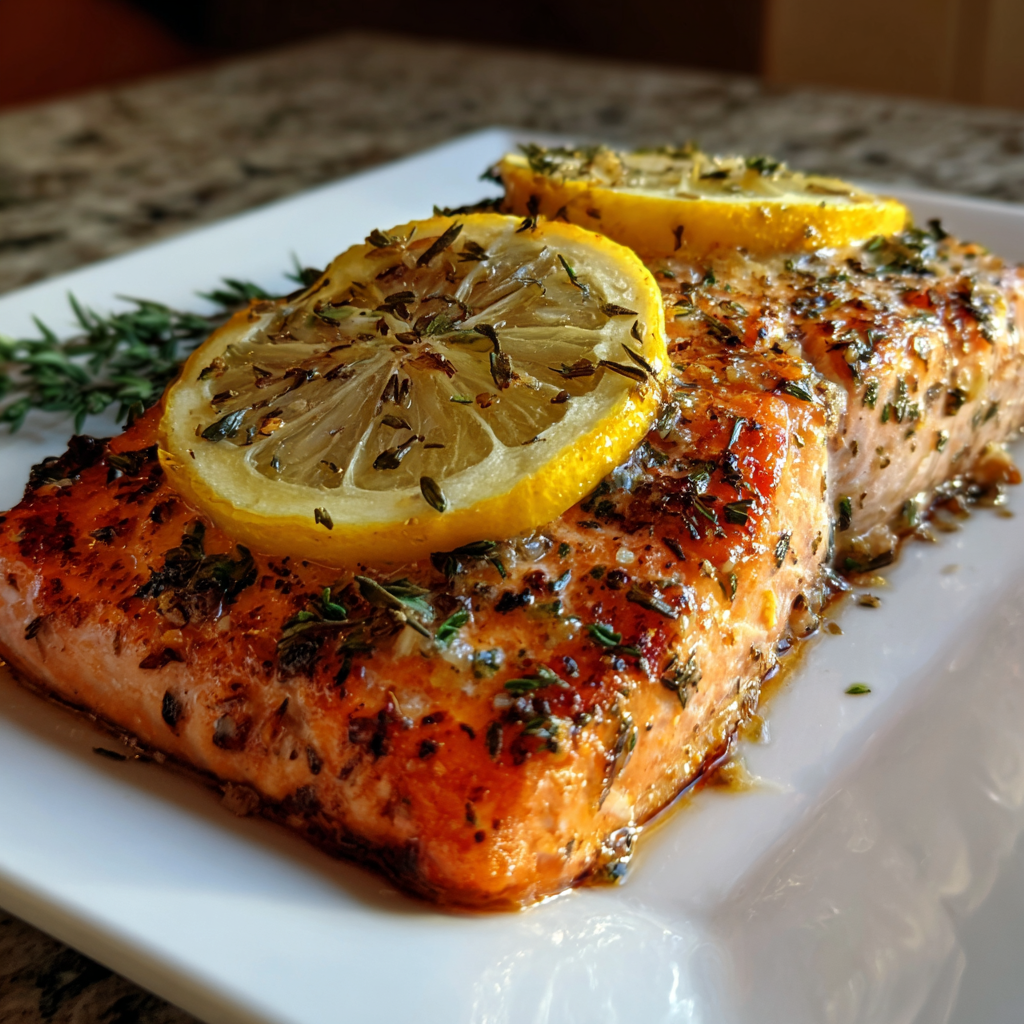
Table of Contents
Table of Contents
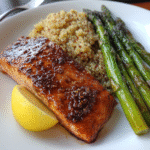
Easy Lemon Garlic Baked Salmon Recipe
- Total Time: 20 minutes
- Yield: 4 servings 1x
- Diet: Low Calorie
Description
Easy lemon garlic baked salmon—flaky, healthy, and ready in 20 minutes.
Ingredients
4 salmon fillets (skin-on or skinless, about 6 oz each)
2 tablespoons olive oil (extra virgin preferred)
2 teaspoons minced garlic
1 teaspoon Italian seasoning (or Herbs de Provence)
1 lemon (½ juiced, ½ sliced)
Salt to taste
Cracked black pepper to taste
Optional: fresh parsley or thyme for garnish
Instructions
Preheat the oven to 400°F (204°C) and line a baking sheet with parchment paper or lightly grease with oil.
Pat salmon fillets dry using paper towels and place them skin-side down on the prepared sheet.
Season each fillet generously with salt and black pepper.
In a small bowl, mix together olive oil, minced garlic, Italian seasoning, and lemon juice.
Spoon the mixture evenly over the fillets, rubbing it gently into the top and sides.
Top each piece of salmon with a thin lemon slice.
Bake for 12–15 minutes, or until salmon flakes easily with a fork. For a crispy top, broil for the last 1–2 minutes.
Garnish with fresh herbs if desired and serve immediately.
Notes
Internal temperature should reach 130–135°F when removed from the oven and rest to reach 145°F.
Add red pepper flakes to the marinade for a spicy twist.
Pair with quinoa, roasted asparagus, or mashed sweet potatoes for a complete meal.
- Prep Time: 5 minutes
- Cook Time: 15 minutes
- Category: Dinner
- Method: Baking
- Cuisine: American
Nutrition
- Calories: 290 kcal
- Sugar: 0g
- Sodium: 200mg
- Fat: 18g
- Saturated Fat: 3g
- Carbohydrates: 2g
- Fiber: 0.5g
- Protein: 28g
- Cholesterol: 70mg
Why Baked Salmon Is a Perfect Meal Choice
Health Benefits of Baked Salmon
A well-prepared baked salmon recipe is more than just delicious—it’s a nutritional powerhouse. Salmon is packed with omega-3 fatty acids, which support heart health, reduce inflammation, and may even boost brain function. Compared to other animal proteins, salmon is lower in saturated fat and calories while offering high levels of protein, potassium, and essential B vitamins.
Another big win? It contains astaxanthin, a powerful antioxidant known for its skin-boosting and anti-aging properties. Baking it instead of frying helps preserve nutrients while avoiding added unhealthy fats, making your baked salmon recipe even healthier.
For anyone trying to eat clean, lose weight, or follow a low-carb or keto lifestyle, salmon fits in perfectly. It has zero carbohydrates, no sugar, and plenty of healthy fats—making it an ideal dinner option for those managing blood sugar or cholesterol.
Why Salmon Is a Favorite Among Home Cooks
Beyond the health perks, salmon earns a permanent spot in many kitchens because it’s fast, forgiving, and flavorful. A reliable baked salmon recipe is easy enough for weeknights but elegant enough to impress guests.
Unlike many other proteins, salmon cooks quickly and evenly. Even better, it absorbs flavor beautifully—whether you season it simply with salt and lemon or go bold with garlic, herbs, or honey glazes.
Another reason salmon shines is its versatility. From foil packs to sheet pans, you can prep a baked salmon recipe a dozen ways. It also pairs well with countless side dishes—from roasted veggies to quinoa to mashed potatoes—making it incredibly adaptable.
Not to mention, there’s very little cleanup required. One pan, one meal. Done.
Ingredients Needed for the Best Baked Salmon Recipe
Essential Ingredients (Salmon, Lemon, Garlic & Herbs)
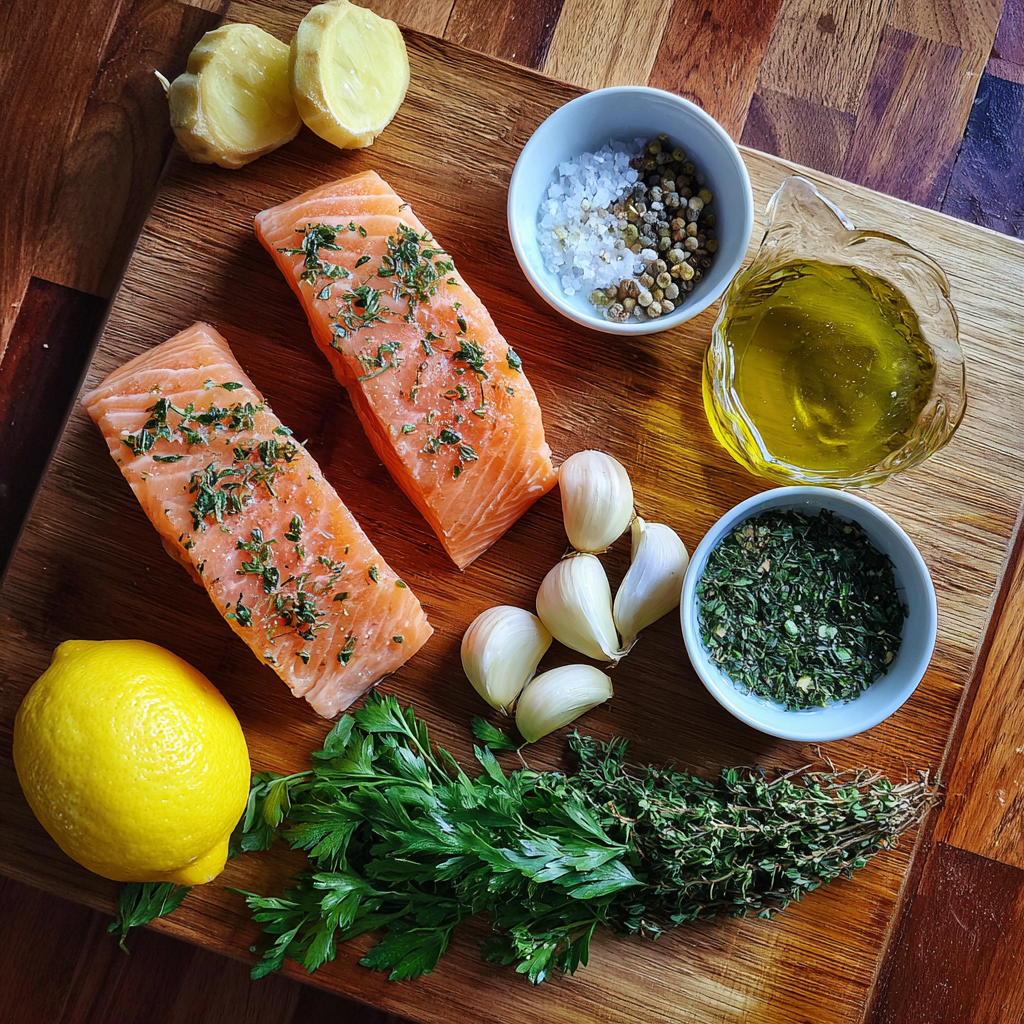
Creating the ultimate baked salmon recipe starts with high-quality ingredients. Here’s what you’ll need:
- Salmon Fillets: Fresh, wild-caught is ideal. Look for fillets that are moist, vibrant, and free of strong odors. If frozen, ensure they’re vacuum-sealed with no freezer burn.
- Olive Oil: A good extra virgin olive oil adds depth and richness. It also helps seal in moisture during baking.
- Lemon: Fresh lemon juice brightens the dish. A few slices on top of the salmon add both flavor and presentation.
- Minced Garlic: Whether store-bought or freshly chopped, garlic is essential for that bold, savory kick.
- Salt & Cracked Black Pepper: Season generously for maximum flavor.
- Italian Herb Seasoning: This blend (or Herbs de Provence) delivers that classic herbal aroma and complexity that takes the dish to the next level.
This combination is what transforms a simple piece of fish into a tender, flavorful, and truly crave-worthy meal.
Optional Add-ins to Elevate the Flavor
If you want to elevate your baked salmon recipe even further, consider adding:
- Paprika or Smoked Paprika: Adds warmth and color.
- Dijon Mustard: Just a dab for tangy complexity.
- Honey or Maple Syrup: Perfect for a sweet glaze twist.
- Red Pepper Flakes: For a little heat and contrast.
- Fresh Herbs (Parsley, Dill, or Thyme): Use them as garnish or mix into your marinade for freshness and color.
These extras aren’t necessary, but they give your salmon more personality—perfect if you’re making this dish for guests or a special occasion.
How to Make This Easy Baked Salmon Recipe Step-by-Step
Preparing the Salmon Fillets Properly
For the best results in any baked salmon recipe, preparation is key. Start by patting the salmon fillets dry with paper towels. This simple step helps the seasoning and oil stick better, giving you maximum flavor and a crispier finish.
Next, check for pin bones by gently running your fingers across the surface. If you feel any, remove them with tweezers. Leave the skin on if you’re baking on a pan—it helps hold the fillet together and prevents drying out.
Place the fillets skin-side down on a lightly greased baking sheet or parchment-lined tray. Make sure the pieces aren’t touching so heat circulates evenly.
Mixing and Applying the Lemon Garlic Marinade
This baked salmon recipe shines because of its quick, homemade lemon garlic marinade. In a small bowl, mix:
- 2 tablespoons olive oil
- 2 teaspoons minced garlic
- 1 teaspoon Italian herb seasoning
- Juice of ½ a lemon
- Salt and pepper to taste
Whisk until fully blended. Spoon the mixture evenly over each fillet. Don’t just drizzle—use the back of your spoon to gently rub it across the tops and sides so every bite is flavorful.
For an extra touch, top each fillet with a thin lemon slice. This not only looks beautiful but infuses even more citrusy brightness as the salmon bakes.
Now your salmon is ready to go into the oven. Quick, easy, and packed with flavor—just the way every baked salmon recipe should be.
Baking Techniques for Tender, Juicy Salmon
How Long to Oven Bake Salmon For
A top-performing baked salmon recipe depends heavily on timing. Overcook it, and you’ll end up with dry, chalky fish. Undercook it, and you’re stuck with a raw center. So how long is just right?
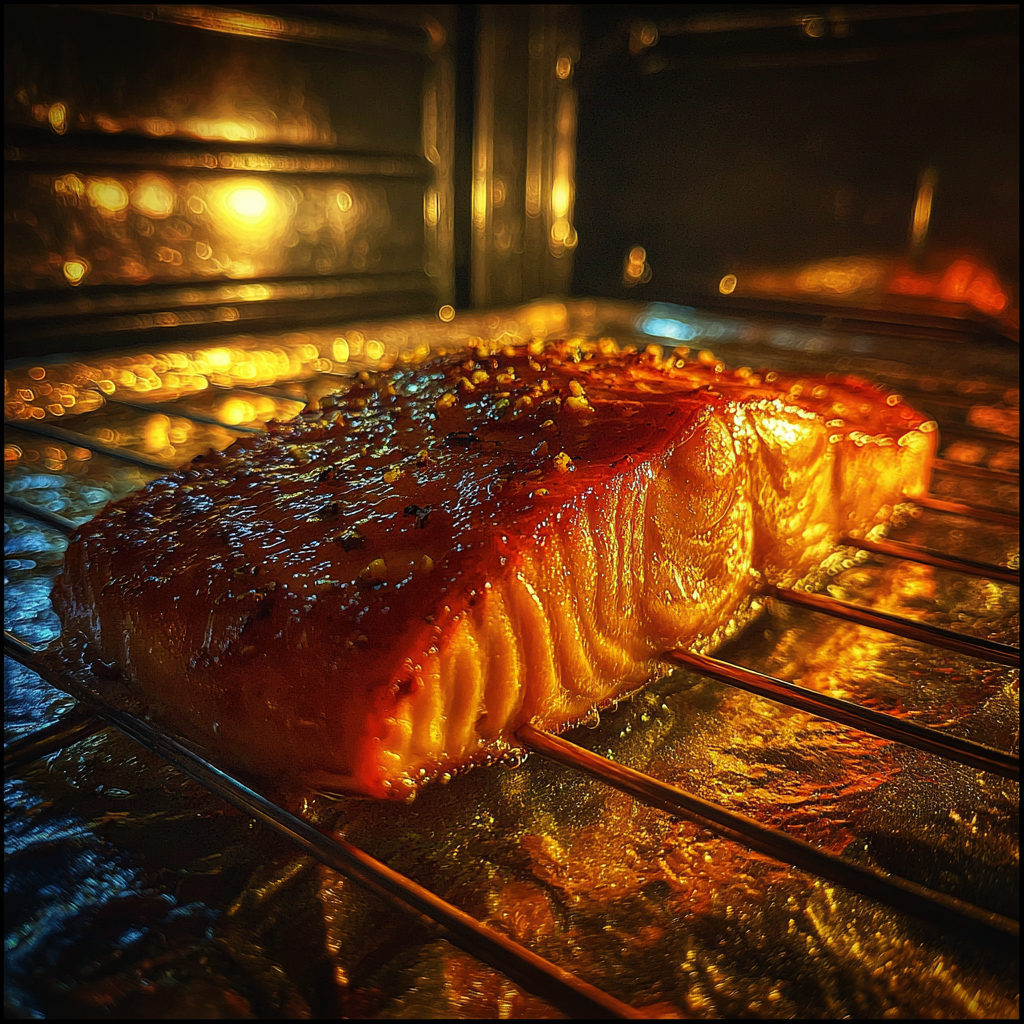
In general, salmon should be baked at 400°F (204°C) for 12 to 15 minutes. This allows the fillets to become opaque and flake easily with a fork—your key sign that the fish is perfectly cooked.
Cooking time may vary depending on the thickness of your fillet. Here’s a simple guide:
| Salmon Thickness | Baking Time (400°F) |
|---|---|
| ½ inch | 8-10 minutes |
| 1 inch | 12-15 minutes |
| 1.5 inches or more | 15-18 minutes |
A meat thermometer inserted into the thickest part of the fish should read 130°F to 135°F when removed from the oven. The salmon will continue to cook slightly as it rests, reaching the safe internal temperature of 145°F.
Baking Salmon at 350 vs. 400 Degrees: Which Is Better?
This is one of the most common questions home cooks ask when searching for the perfect baked salmon recipe—should you bake at 350 or 400 degrees?
Here’s the breakdown:
- 350°F is better for gentle baking, especially if you’re covering the salmon with foil or baking it with other ingredients like vegetables. It takes longer (about 18-22 minutes), but the lower heat prevents overcooking.
- 400°F, on the other hand, is the go-to for crispy tops and juicy centers. It gives the salmon a beautiful golden finish, especially when paired with olive oil and herbs. Plus, it’s quicker—perfect for weeknights.
In short, if you’re in a rush and want maximum flavor, go with 400°F. If you’re working with delicate fillets or baking in a foil packet, stick with 350°F for better moisture retention.
Expert Tips for Perfect Baked Salmon Every Time
Covering vs. Uncovered: What’s Best for Moist Salmon?
This is a hot debate when it comes to the ultimate baked salmon recipe: should you cover it or not?
Covering salmon with foil helps retain moisture by creating a gentle steaming effect inside the foil. This is ideal if you’re baking at lower temps (like 350°F) or working with thinner cuts that dry out easily. The foil acts as a shield from direct heat, locking in juices and flavor.
Baking uncovered, however, is the way to go if you want a slightly crisp top, golden herbs, and a stronger flavor profile. At 400°F, the salmon still stays juicy—especially if brushed with olive oil or a marinade—while developing a lightly roasted finish.
Best of both worlds tip: You can start baking your salmon covered with foil for the first 10 minutes, then uncover it for the last 2–3 minutes to let the top brown beautifully.
So, which one wins? If you prefer juicy and soft, go covered. If you like texture and a bit of crispness, go uncovered. Either method works for this versatile baked salmon recipe—it just depends on your texture preference.
How to Know When Salmon is Perfectly Cooked
Overcooked salmon is dry and disappointing—but undercooked salmon can be unsafe. Here’s how to nail the doneness every single time:
- Color Change: Raw salmon is bright red or orange. When fully baked, it turns opaque pink and begins to flake easily.
- Fork Test: Use a fork to gently press into the thickest part of the fillet. If it flakes apart easily, it’s done.
- Internal Temperature: Use a meat thermometer to ensure the thickest part of the salmon reaches 130–135°F before resting. It will rise to 145°F as it sits.
Another tip? Let your salmon rest for 2-3 minutes after removing it from the oven. This allows juices to redistribute evenly throughout the fillet.
Gordon Ramsay’s Approach to Baked Salmon
Ramsay’s Signature Ingredients and Oven Temperature
If you’ve ever watched Gordon Ramsay cook, you know he doesn’t cut corners. His take on the baked salmon recipe focuses on bold flavors, precise technique, and elegant simplicity. One of his signature approaches includes starting with fresh, skin-on salmon fillets and seasoning them generously with sea salt, cracked pepper, and lemon zest.
For Ramsay, aromatics are everything. He typically infuses his dish with garlic, dill, and even a dash of Dijon mustard for tang. While some versions are seared on the stovetop, his oven method involves baking at 400°F—the same temperature recommended for our core baked salmon recipe.
What sets his method apart is the prep work. Ramsay often marinates the salmon briefly in olive oil, herbs, and lemon before it hits the oven, which layers the flavor deeply without overpowering the fish.
How to Replicate Gordon Ramsay’s Salmon Method at Home
You don’t need a Michelin star to make salmon like Gordon Ramsay. Just follow these chef-approved steps:
- Preheat the oven to 400°F.
- Pat salmon dry and season with salt, pepper, and lemon zest.
- In a bowl, mix 1 tablespoon Dijon mustard, 2 tablespoons olive oil, 1 teaspoon minced garlic, and a handful of chopped fresh dill.
- Rub this mixture all over the top and sides of your salmon fillets.
- Place fillets skin-side down on a lined baking sheet. Add lemon slices and a few whole garlic cloves around the fish.
- Bake for 12–14 minutes, depending on thickness. For a slightly crisp top, switch to broil for the final 1–2 minutes.
Garnish with a sprig of dill and serve immediately. This version of a baked salmon recipe delivers both high-end flavor and weeknight ease.
Different Types of Salmon and Their Impact on Flavor
Overview of the 5 Main Types of Salmon
Not all salmon is created equal. Choosing the right type can elevate your baked salmon recipe from good to unforgettable. In the U.S., five main types of Pacific salmon are widely available, each offering different textures, flavors, and fat contents.
Here’s a quick breakdown:
| Type of Salmon | Flavor | Fat Content | Best For |
|---|---|---|---|
| Sockeye | Rich & Bold | Moderate | Grilling, baking |
| Coho | Mild | Moderate | Baking, poaching |
| Pink | Very Mild | Low | Canning, patties |
| Chum | Bland | Low | Roe, specialty use |
| King (Chinook) | Buttery & Rich | High | Gourmet dishes, oven roasting |
- Sockeye: A vibrant red flesh and deep flavor. It holds up well in the oven and is a solid pick for your baked salmon recipe if you love a meaty, flavorful bite.
- Coho: Milder and leaner. This silver-skinned salmon is perfect for those who want a subtler fish taste.
- Pink: Small and affordable, but lower in fat. It’s great for burgers or salads but not ideal for oven baking.
- Chum: Known mostly for its roe. The fillets tend to lack flavor and are rarely a top choice.
- King (Chinook): The richest, fattiest, and most luxurious. It’s pricey but gives a melt-in-your-mouth texture when baked.
Which Type of Salmon Is Best for Baking?
When it comes to crafting a perfect baked salmon recipe, the ideal pick is Sockeye or Coho. These options balance flavor, fat, and texture—ensuring your fillets stay moist and delicious in the oven.
For a splurge-worthy dinner, King salmon is unbeatable. It’s high in fat, which makes it almost impossible to dry out—even if you overbake it a bit.
Avoid pink or chum for this style of cooking. They simply don’t carry the flavor or structure needed to deliver a standout dish.
Shopping, Storing, and Reheating Tips
How to Buy Fresh or Frozen Salmon Like a Pro
No matter how perfect your baked salmon recipe is, it won’t shine without quality salmon. Here’s how to shop smart:
- Check the Smell: Fresh salmon should not smell fishy. A clean, ocean-like scent is what you’re after.
- Inspect the Flesh: Look for moist, vibrant-colored fillets without any brown spots or bruises. Avoid dry edges or pale patches.
- Read the Labels: For packaged options, skip anything labeled “color-added.” Go for wild-caught or sustainably farmed with minimal additives.
- Ask for Help: If you’re buying from a seafood counter, don’t hesitate to ask the fishmonger which salmon is best for baking.
For frozen options:
- Check for Vacuum Sealing: It should be airtight with no frost build-up inside.
- Inspect the Color: It should look bright, not dull or grayish.
- Avoid Broken Packaging: Even a small tear can mean freezer burn or loss of freshness.
A quality fillet makes all the difference when following a simple, clean baked salmon recipe.
Proper Storage and Best Ways to Reheat Without Drying Out
Leftovers? No problem. Store and reheat salmon the right way to enjoy it all over again.
How to Store Baked Salmon:
- Cool it completely before storing.
- Place in an airtight container or wrap tightly in foil.
- Keep it in the fridge for up to 3–4 days.
Freezing Tip: Wrap individual portions in parchment paper, then place in a freezer-safe bag. Store for up to 2 months.
How to Reheat Without Drying It Out:
- Oven (Best Method): Preheat to 275°F, add a splash of water or broth over the fillet, and cover with foil. Heat for 10–12 minutes.
- Stovetop: Heat gently in a pan with a teaspoon of oil and a splash of water on low heat, covered.
- Avoid the Microwave: It often overcooks and toughens the fish.
Want to give it a second life? Flake your leftover salmon into salads, grain bowls, or scrambled eggs for a protein-packed twist.
Serving Suggestions and Side Dishes
Top Side Dishes That Complement Baked Salmon
A well-balanced baked salmon recipe deserves equally delicious sides. Whether you’re serving dinner for guests or meal prepping for the week, these pairings will make your plate pop:
- Garlic Roasted Asparagus: Toss with olive oil and bake on the same tray as your salmon for easy cleanup.
- Lemon Herb Quinoa: The nutty flavor of quinoa balances salmon’s richness beautifully.
- Sweet Potato Mash: Creamy, slightly sweet, and full of fiber—a cozy combo with your salmon fillet.
- Steamed Broccoli or Green Beans: Add freshness and color to your plate while keeping it light and healthy.
- Brown Rice Pilaf: A classic, hearty base that soaks up those lemony, garlicky juices from the fish.
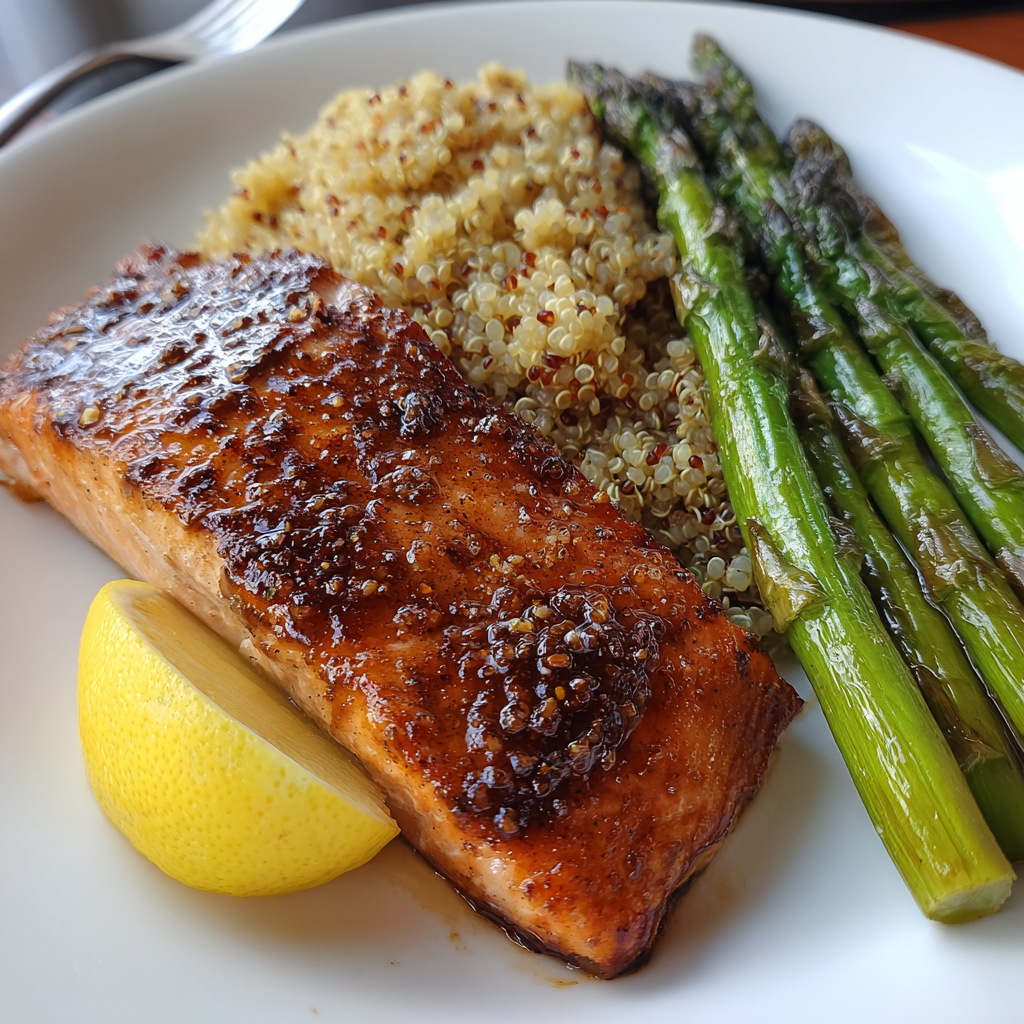
Want something even simpler? A wedge of lemon, a side salad, and a sprinkle of chopped herbs can elevate your baked salmon recipe without much extra effort.
Creative Serving Ideas for Special Occasions or Meal Prep
Looking to upgrade your presentation? Here are some creative twists that turn your go-to salmon dish into something extra special:
- Foil Pack Dinners: Wrap each fillet with veggies, lemon, and seasoning—then bake everything together for a no-mess meal.
- Grain Bowls: Layer flaked salmon over farro or rice with avocado, cucumbers, and a creamy herb dressing.
- Open-Faced Sandwiches: Use leftover salmon on sourdough toast with a smear of Greek yogurt and dill.
- Holiday Platter: Serve baked salmon on a bed of arugula with roasted potatoes and grilled lemon slices for a festive spread.
And if you’re meal prepping, store individual portions with a veggie and a carb. It reheats beautifully and stays flavorful for days—another reason this baked salmon recipe is a true winner.
For mor recipes follow me in instagram and facebook.
FAQs: Baked Salmon Recipe
How long to oven bake salmon for?
For a standard baked salmon recipe, bake salmon at 400°F for 12 to 15 minutes. Thinner fillets may be done in as little as 10 minutes, while thicker cuts could need up to 18 minutes. The fish is ready when it flakes easily and turns opaque in the center. Use a meat thermometer if needed—internal temperature should read 130–135°F before resting.
Is it better to bake salmon at 350 or 400?
Both temperatures work, but it depends on your goal:
350°F: Ideal for gentle, even cooking. Great for baking with foil or when cooking alongside vegetables.
400°F: Perfect for a faster bake with a crispier top. It enhances flavor and keeps the fish juicy without overcooking.
Most pros—including Gordon Ramsay—recommend 400°F for a balanced finish in any baked salmon recipe.
Should salmon be covered or uncovered when baking?
Covering your salmon with foil locks in moisture, making it softer and more delicate—especially helpful if baking at lower temperatures like 350°F. Baking uncovered allows the top to crisp slightly and concentrate the marinade flavors.
Pro tip: Start with foil on, then uncover for the final few minutes if you want the best of both textures.
How does Gordon Ramsay cook salmon in the oven?
Gordon Ramsay’s baked salmon recipe includes seasoning with salt, pepper, and lemon zest, then marinating with olive oil, garlic, Dijon mustard, and fresh dill. He bakes the salmon at 400°F for 12–14 minutes, often finishing under the broiler for a golden crust.
His approach emphasizes balance—rich flavors, simple prep, and a clean presentation.
